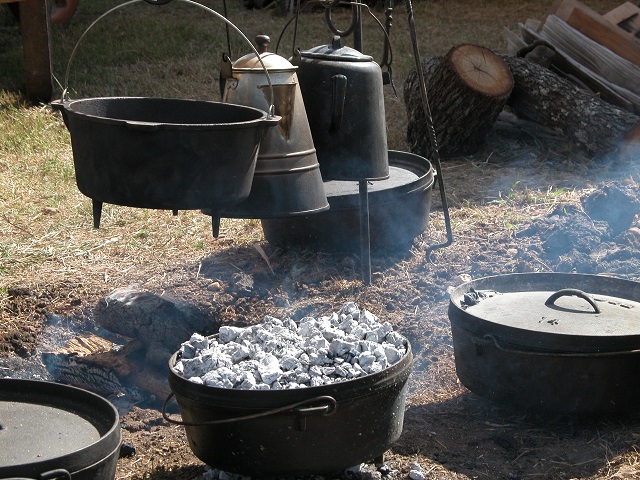State Parks: Grants for Historic Structures
Friday, June 15th, 2012This is Passport to Texas
After being part of the worst wildlife in Texas History, Bastrop State Park is open to the public. More than that, though, it has received a 25-thousand dollar grant to study the effects of wildland fire damage on historic structures. Our state park guide Bryan Frazier has details.
51—Our wildland fire team at Texas Parks and Wildlife and the other volunteers made a valiant effort to save all of the CCC built structures except for one small overlook structure. And the national park service awarded a grant to Texas Parks and Wildlife to study the long term effects of what wildland fire does or can do to these historic structures. We were only one of 11 recipients nationwide for this. And it will serve as a model for other areas of the country that are either in wildfire zones or that have been affected by wildfires. Even though these structures were saved at Bastrop State Park, those flames came within feet of it. So, they want to really look and do a long term study: was there any damage that we can’t see right off the bat, and how can we use that information to help other places.
Thanks Bryan
That’s our show for today…with funding provided by Chevrolet, supporting outdoor recreation in Texas; because there’s life to be done.
For Texas Parks and Wildlife I’m Cecilia Nasti.



 Passport to Texas is a
Passport to Texas is a  Passport to Texas is made available by:
Passport to Texas is made available by: